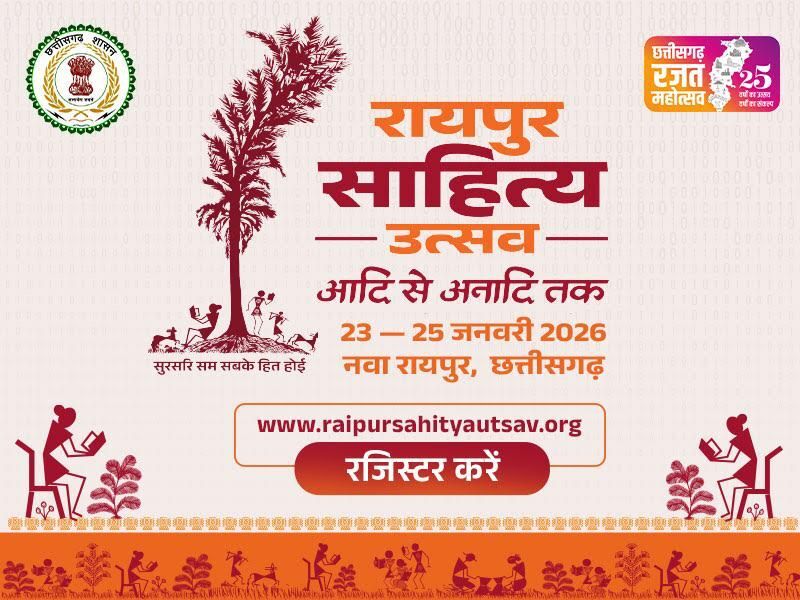In Agra, memories of school days often bring to mind the harsh punishments, the public caning, and the menacing figures of teachers who prowled the halls like stern giants.
The kind-hearted, soft-spoken teachers? It’s a rare recollection.
And the notorious ones? Those with colorful monikers like Chipkili, Yeti, Paunchy, Ghasi, or Dodo. The clever ones even earned names inspired by films such as Dev Das, Johnny Lever, or the infamous KN Singh.
When classmates gather for reunions, it’s the oddball, eccentric teachers who spark the most nostalgia and lively conversations.
But today’s teachers seem to lack that unforgettable presence. Their characters fail to make a lasting impression, and they are seldom dissected for entertainment by former students.
Truly, times have changed. Three or four decades ago, before the rise of tuition centers promising easy success, teachers had not yet succumbed to commercialism. They were both revered and reviled in equal measure. Nowadays, the landscape of education bears little resemblance to the era of the legendary Cane Masters.
At reunions, it’s the quirky, eccentric teachers who are fondly remembered and discussed.
Today’s teachers, however, seem to lack that lasting impact. Their personalities don’t leave a mark, nor are they dissected for amusement by former students.
Today, education “friends” called Shiksha Mitras have reduced teaching to a mere skill-transfer exercise.
“Most people fail to make a distinction between a teacher and a guru,” some say. A teacher passes skills for “roti, kapda, and makaan,” whereas a guru moulds your total personality.
Like Goldsmith’s Village School Master, we once had teachers who loved their profession passionately and wielded a stick to tame the rowdiest students. Parents rarely complained, believing that sparing the rod would deprive kids of an essential learning facet. One such headmaster was Agra’s late Ved Prakash of Bhairon Bazar’s Vijay Hind Vidhyalaya, known for “straightening” the most crooked of them all.
Another unforgettable character was the late Prof. GI David, affectionately called Guddan pyare by St John’s College students. Any St Johnian will fondly recall David sahab, who taught English Literature with a passion that would have delighted Shakespeare, Keats, and Shelley. A bachelor till the end, David sahab’s renditions of KL Sehgal’s songs were the toast of every party.
In sharp contrast was Dr. RP Tiwari, known for his cynical outbursts against the system, expressed through offensive wordplay at every meeting.
At the school level, teachers often leave indelible marks on students’ minds. St Peter’s College, over 175 years old, has had its share of unforgettable characters—Yeti, Ghassi Ram, Paunchy, and diminutive Vashisht, whose short stature never hindered him from handling huge motorbikes. Yoga guru and principal Father John Ferreira retired, leaving a firm impression with his multifarious interests. And who could forget the amiable Mother Mary, the school music teacher for half a century?
Asia’s first Convent, founded in 1842, St Patrick’s has been equally blessed with loving and caring teachers. Ask any Patrician, and Sister Dorothia’s name will come up. “So loving and passionate about history teaching, one can’t forget her mimicking Hitler,” they say. “She is a real woman of substance.”
Interviewing students today reveals that very few teachers qualify as great role models who can inspire and motivate youngsters.
It’s not the smart classrooms or the size of the playfields that stay etched in memory, but the crazy, eccentric, funny, and strict cane masters, or the teacher who thinks they’re a Shakespearean character rather than a real-life person.





